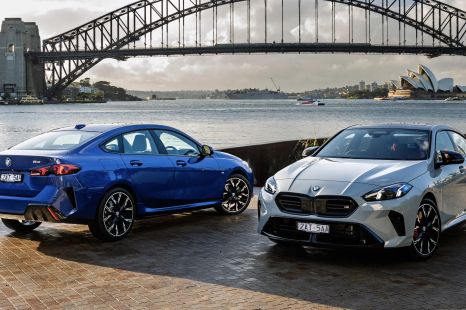

Max Davies
2025 BMW 2 Series Gran Coupe review
4 Months Ago
Where expert car reviews meet expert car buying – CarExpert gives you trusted advice, personalised service and real savings on your next new car.
Along with the new-generation Toyota GR86 road car launched in 2022, there’s also a spanking new race car version that will fill the 34-car TGRA 86 Series grid in 2024 – and we got to sample it at Sydney Motorsport Park.
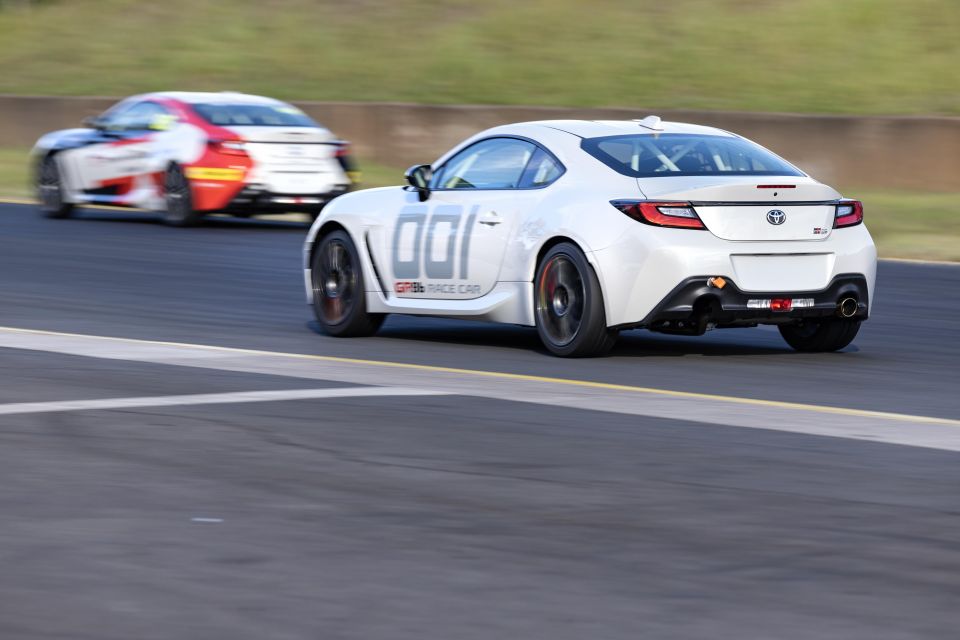
Just like the road car, the visual changes between the current Toyota 86 racer and the all-new GR86 version are subtle at best, except for the fact the new car gets a larger, more powerful 2.4-litre naturally-aspirated four-cylinder Boxer engine, just like the road-going version.
To get to full race spec, the cars arrive from the factory in road car trim at Neal Bates Motorsport, where they’re stripped out and the huge task to create a competitive circuit racer begins.
Even though Neal Bates admits both old and new versions of the Toyota race car are similar, he told us the new TGRA 86 has more power (up 10kW to 180kW).
“The new car has quite a bit more go, and there’s no traction control or option to have it, so they are reasonably lively and the extra punch and torque out of the corners is considerable over the old car.”
I’m pretty sure Neal was trying to scare the select few media chosen to test the car with that bit about being extra lively and no traction control. And to some extent it worked, but for the fact we were afforded just one lap in the pilot’s seat, as good as that was.
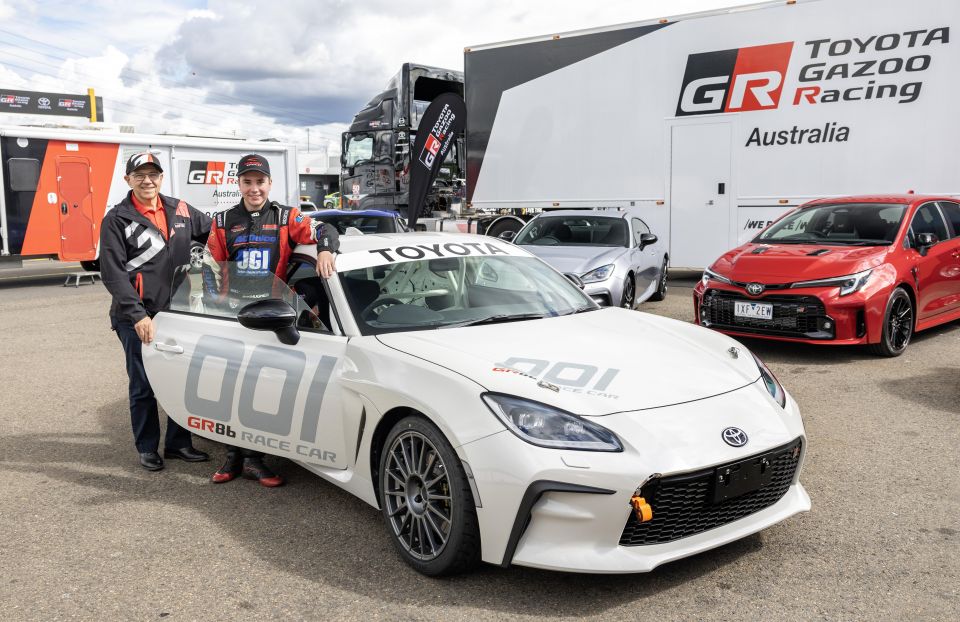
Nevertheless, the car seemed to have loads of grip and rock-solid stability, even at the limit, as Zach Bates proved later in the day, this time with me riding shotgun.
Interestingly, the six-speed manual gearbox is completely unchanged from the standard unit in the road car, although we’re told the flywheel is lighter, which gives the clutch a slightly different feel as I discovered on my one-and-only lap of the full circuit.
Electric power steering is part of the standard steering system from the road-going GR86, too, and it’s comfortably light weighted.
As far as the build goes, once the cars are stripped there’s a full-size roll-cage installed and painted with the main bars measuring 40mm, before a set of headers are added to the ‘Control TGRA 86’ exhaust system. The GR86 racer also uses a Motec M150 power management system ECU, as well as a C125 dash (display) and data logger – both are series control units.
The front and rear suspension systems are independent MacPherson struts using MCA shock absorbers and springs, while brakes are courtesy of AP Racing using the same 330mm x 28mm front slotted discs with four-piston calipers and 316mm x 20mm rear slotted discs with two-piston calipers as the previous version.
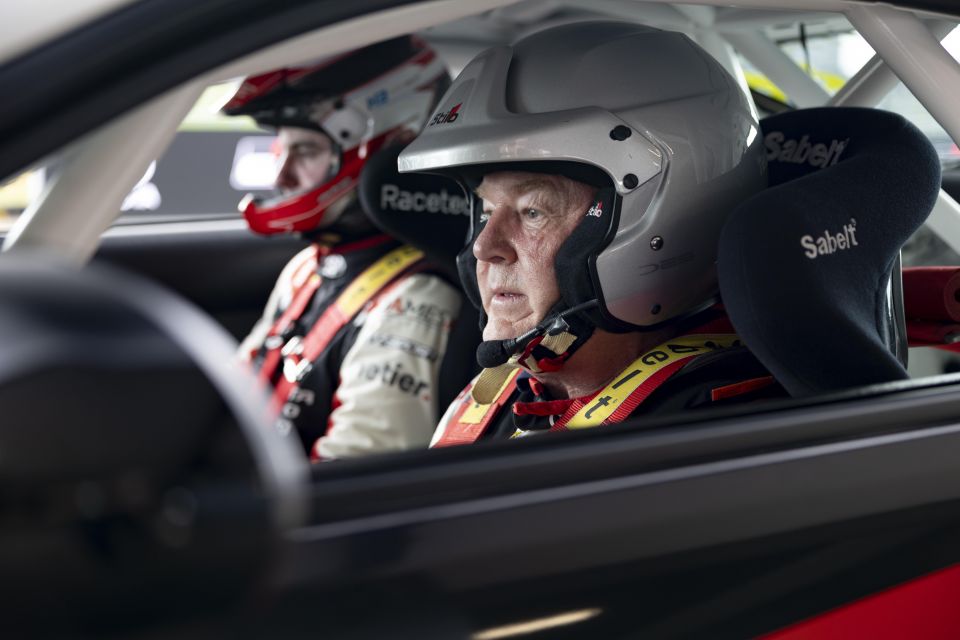
Like almost all components on the new GR86 race car, the wheel and tyre package are control units, featuring Italian-made OZ Racing 18-inch x 8-inch on all corners, shod with Dunlop Direzza Z3 all-weather tyres. There are no specific ‘wet’ tyres like many other racing series use – keeps the costs down.
Not only is the one-make 86 race series into its eighth year as a support category for the top-billed V8 Supercars category, Toyota has also initiated a new second-tier Scholarship Series in answer to unprecedented demand from new teams and drivers looking to line up on what was already a full grid.
The new series which has already kicked off as part of three pre-qualifying rounds, uses the same Toyota GR86 race car as the feature series cars for what should be more of some of the closest wheel-to-wheel racing in the country.
The new TGRA 86 race car sold as a full turnkey package by Neal Bates Motorsport for $89,990 (no on-roads here, folks).
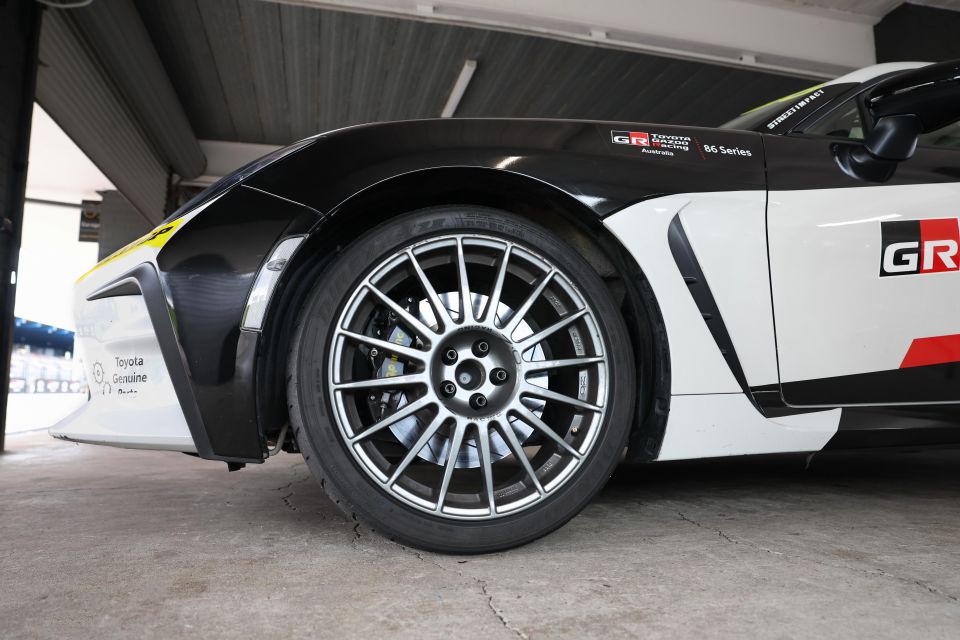
It’s one of the cheapest (if not the cheapest) racing series in Australia.
Buy your new car without the stress. It's fast, simple and completely free.

Great service from Travis and team, second time I have used this business would not hesitate to recommend them to anyone
Craig C.
Purchased a Ford Ranger in Sunshine Coast, QLD
CarExpert helped Craig save $7,224 on his Ford Ranger, now let us save you on your next new car.
Get your BEST priceIt’s a tight fit for anyone not carrying a six pack, and I don’t mean the beverage kind.
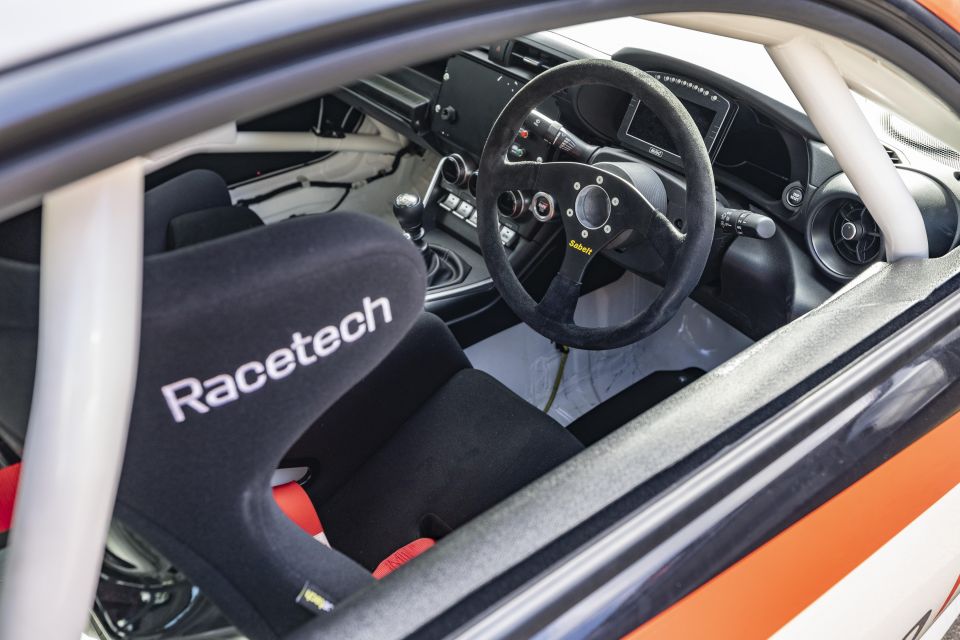
The full roll cage stretches to all four corners with the main bars measuring 44mm thick, so you really need to be flexible enough to contort yourself or be a shape changer in order to drop into the full-blown Racetech bucket.
And then you’ll need to do it all again with the four-point racing harness. Otherwise, it’s a superb seat and perfectly mounted behind the three-spoke, Alcantara-wrapped Sabelt steering wheel.
Most of the dashboard from the GR86 road car remains, but there’s a small Motec driver’s display and data logger mounted in front of the standard instrument display.
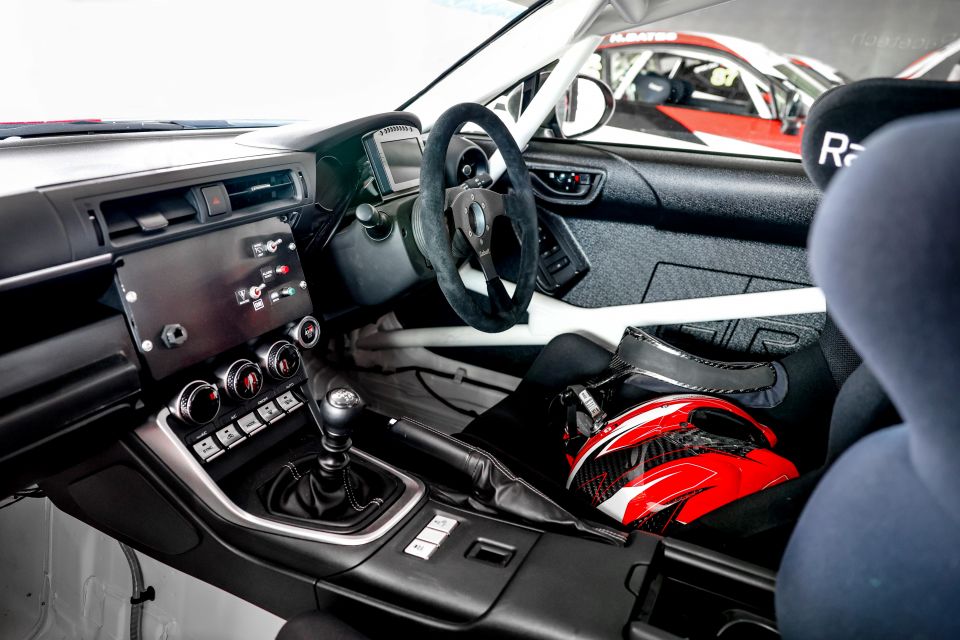
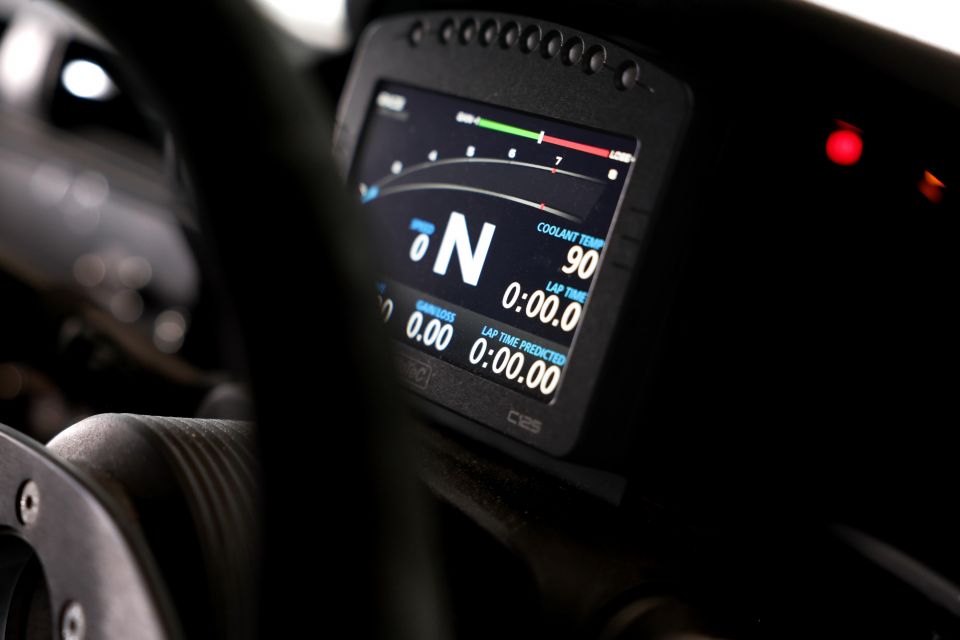
The infotainment screen has also been replaced with a panel containing a few key buttons and switches including the master switch, alarm, display mode and pit lane speed limiter.
You’ve still got both instrument stalks, a leather-wrapped handbrake lever, HVAC dials, start/stop button and standard gear shifter. There are door trims too, but they’re lightweight units.
And, that’s about it.
It’s a 2.4-litre four-cylinder Boxer engine out of the standard GR86 road car, making 180kW of power and 250Nm of torque sent exclusively to the rear wheels through the standard six-speed manual gearbox.

While we don’t yet know the final weight of the GR86 Race Car, expect it to be substantially less than the road car, and therefore quicker than its 0-100km/h sprint time of 6.3 seconds. Certainly it felt way faster right from the get-go.
The Racetech bucket seat doesn’t slide at all, so apart from needing to stretch my legs out more than I would normally need to reach the pedals, it was perfectly comfortable once I extended the steering wheel reach closer to me.
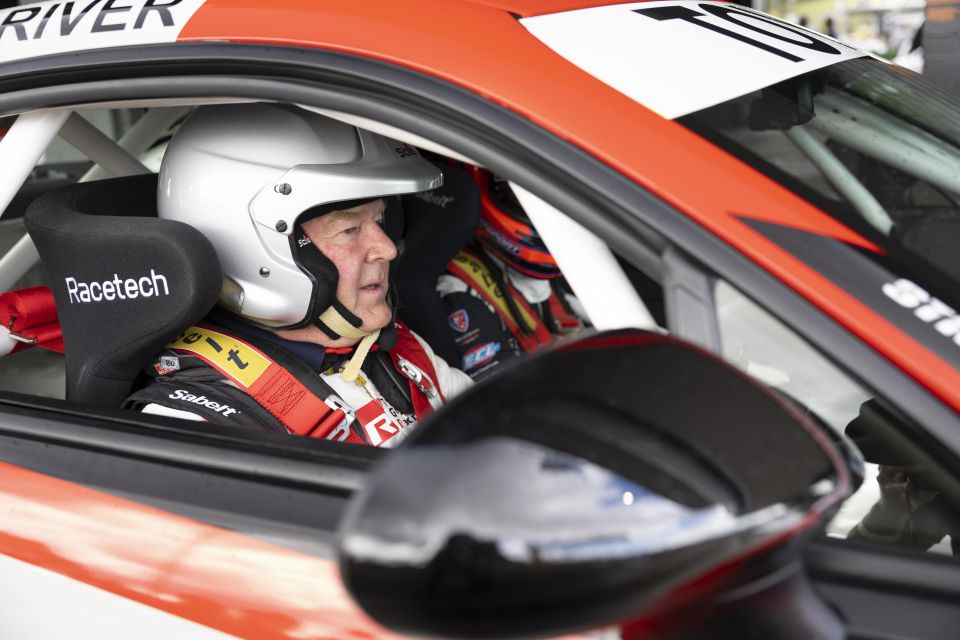
After that, it’s simply a matter of flicking the master switch on, before hitting the start button.
Effectively, it’s just like driving the road car – only it’s so much better, with infinitely more feedback, directness and response to the pedals and steering wheel.
If only Toyota did a ‘ClubSport’ edition of the GR86 with some of the trim removed to lighten it up for track days, but with a half cage and a set of lightweight OZ wheels like those fitted on the race car. I reckon they’d sell like hot cakes, but I’d love to hear your take on the idea.
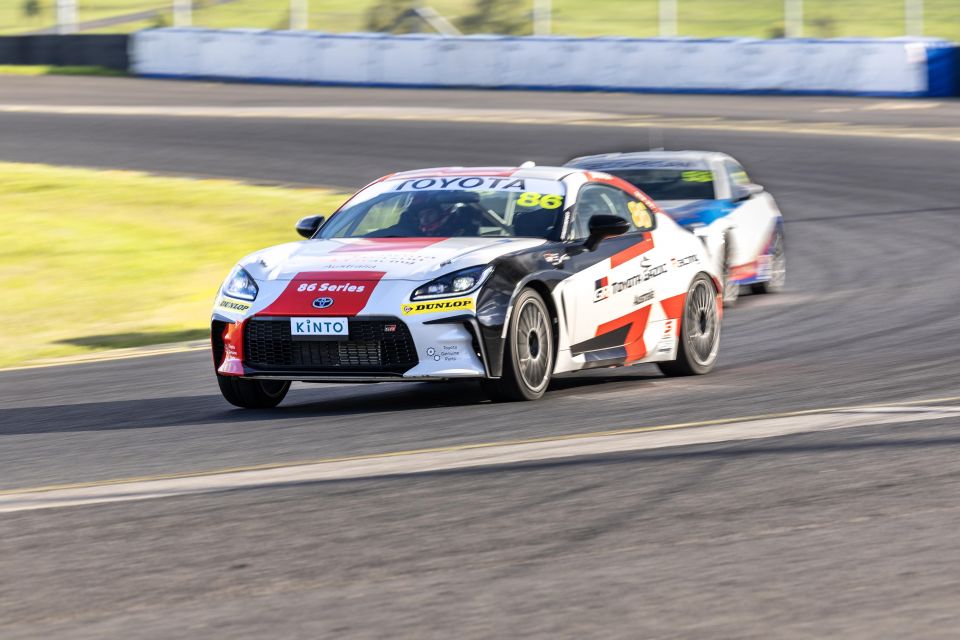
The first thing you notice on firing up the four-pot motor is the extra rorty exhaust note it makes.
Interestingly, the GR86 racer only gets a single exhaust tip instead of the two fitted to the road car. According to Neal Bates, the car goes perfectly well with just the one, if not better in my view.
It’s a great sound that makes the driving experience so much more thrilling from the driver’s perspective. It also seems to rev more freely than the road car, making mid-corner throttle adjustments a breeze and laying down the power out of corners more confidence inspiring.
Heel-and-toe shifts also feel more fluid and less notchy than the GR86 road car, consistently too. Downshifting from fourth to secondwas all so easy – I can only think all of this is down to the lighter flywheel and the extra poke of the engine all working in concert to make the race car feel decidedly sharper and considerably more alive.

The Sabelt steering wheel looks and feels like an old-school Momo unit and is sheer joy in the hands, while the steering weight itself is on the lighter side but very accurate at the same time. The car goes exactly where you point it and can be positioned perfectly for smacking those apexes at SMP.
Interestingly the brakes, while not at all large by today’s standards, offer good pedal feel and solid stopping power.
While old mate Neal Bates did a great job of putting some fear of the car’s newfound power and liveliness into the journos, in effect the GR86 racer felt wonderfully composed, responsive and quick through the corners. Not at all sketchy – in fact, it’s one of the easiest race cars I’ve ever had the pleasure of driving.
And, that’s after only one lap… a few more would have been nice.
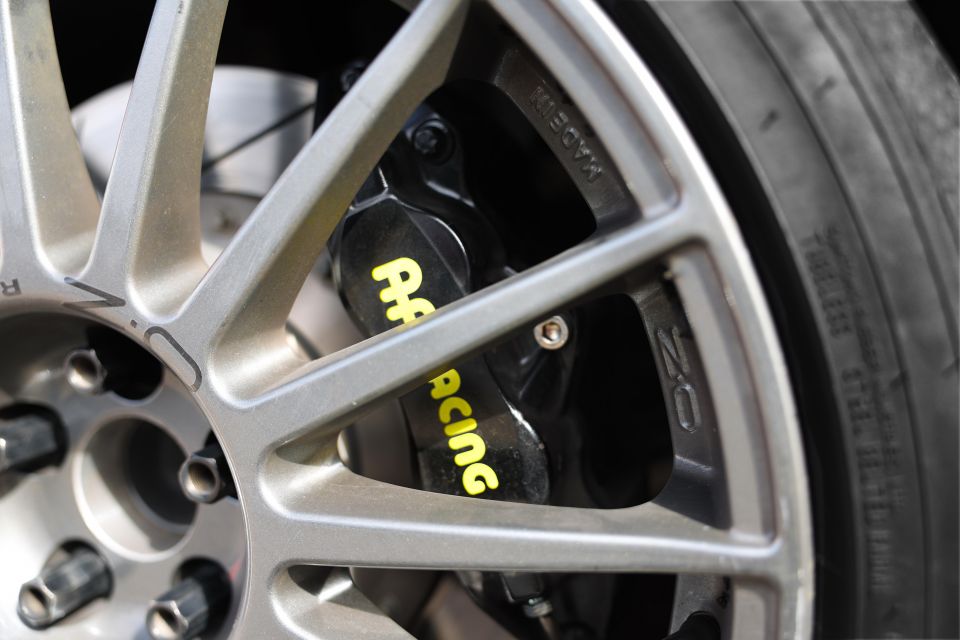
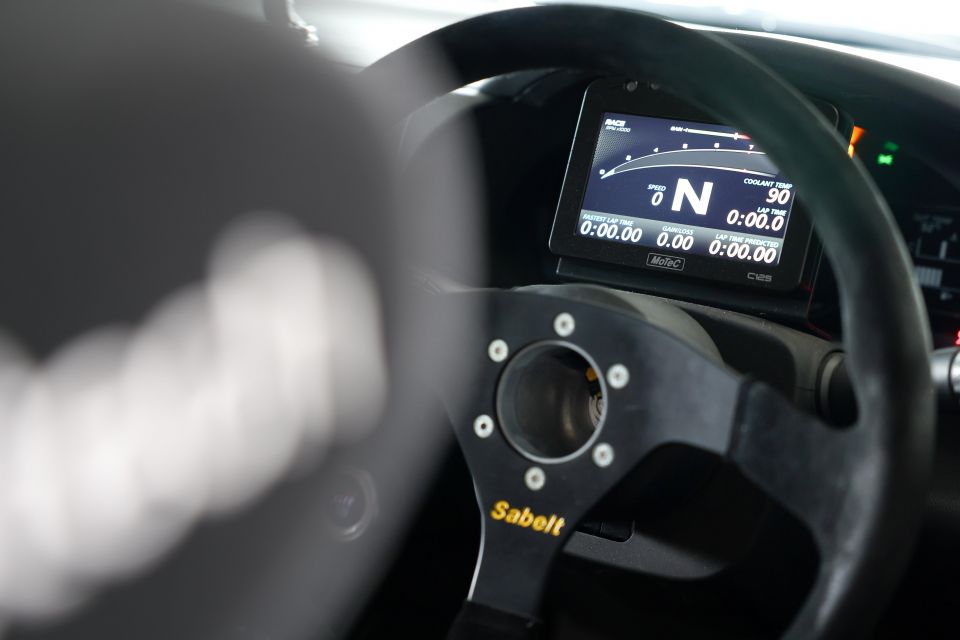
Toyota TGRA 86 race car highlights:
Dimensions:
While we won’t know the cost of parts and consumables until the 2024 TGRA 86 Racing Series kicks off next year, almost all the components are control items that will be used across both the main field of 34 cars, as well as the new Scholarship Series.
So, economies of scale should keep prices as low as possible, if the price of the car itself is anything to go by.
Buy your new car without the stress. It's fast, simple and completely free.

Great service from Travis and team, second time I have used this business would not hesitate to recommend them to anyone
Craig C.
Purchased a Ford Ranger in Sunshine Coast, QLD
CarExpert helped Craig save $7,224 on his Ford Ranger, now let us save you on your next new car.
Get your BEST priceApart from the all-too-common difficulty of shoehorning myself into the racing bucket, the new GR86 race car is one of the easiest and most fulfilling full-blown race cars I’ve ever had the pleasure of driving.
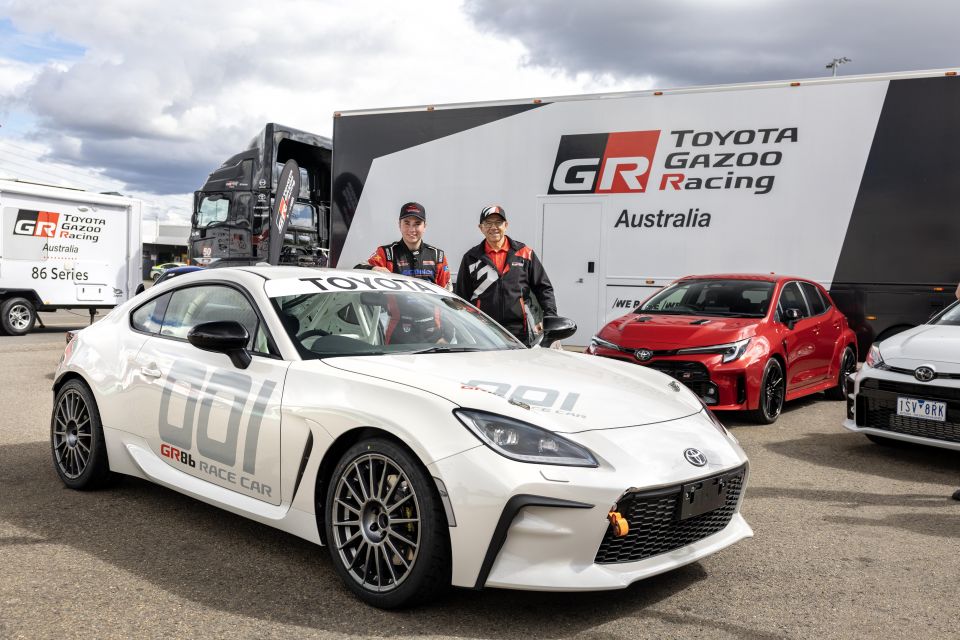
In fact, you’ll warm to it far quicker than you would in the GR86 road car – I’m not kidding. The additional power and go feels so more than the extra 6kW over the the road-going version on paper.
Every mechanical control is sharp and beautifully responsive, even when dialling up the smallest increments.
The throttle, steering, shift and the brakes all deliver wonderful feedback, which makes this series racer such an easy car to drive quickly. If only we got more lap time.
Well done Neal Bates and his team, but how about a limited-edition lightweight ‘Clubsport’ version of the road-going GR86 for track days and show ponies.
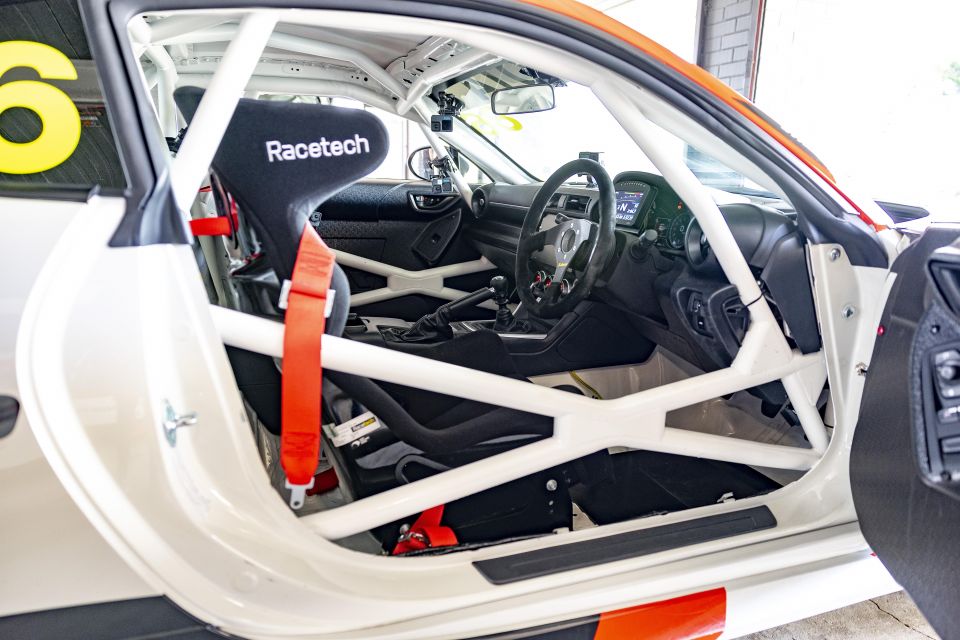
Where expert car reviews meet expert car buying – CarExpert gives you trusted advice, personalised service and real savings on your next new car.
Click the images for the full gallery
MORE: Everything Toyota GR86
Where expert car reviews meet expert car buying – CarExpert gives you trusted advice, personalised service and real savings on your next new car.
Anthony Crawford is a CarExpert co-founder and senior presenter with 20+years in automotive journalism and content creation.


Max Davies
4 Months Ago
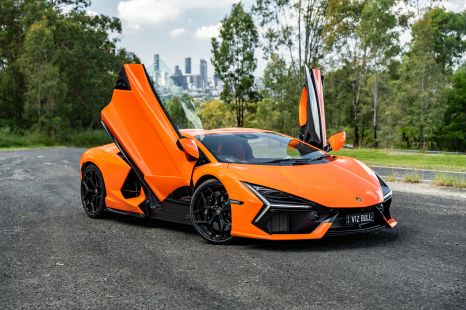

Alborz Fallah
2 Months Ago
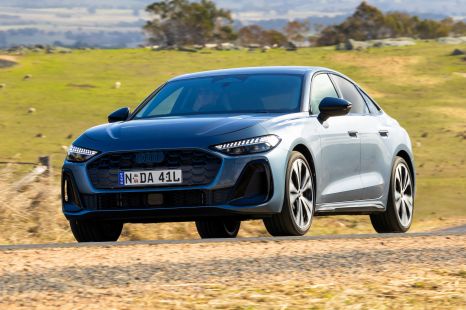

James Wong
1 Month Ago
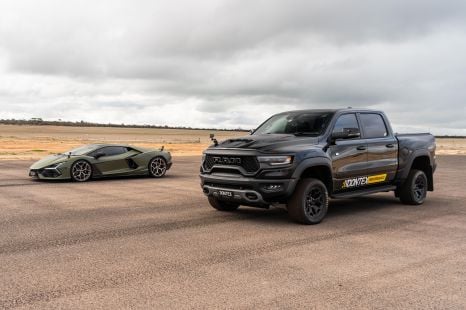

Paul Maric
29 Days Ago
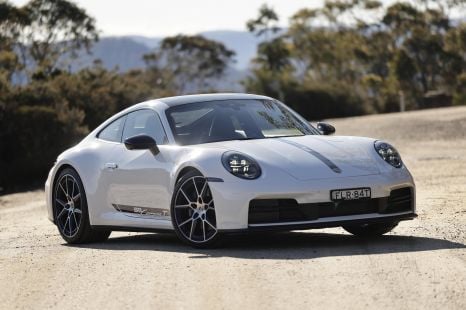

Matt Campbell
19 Days Ago


William Stopford
16 Days Ago